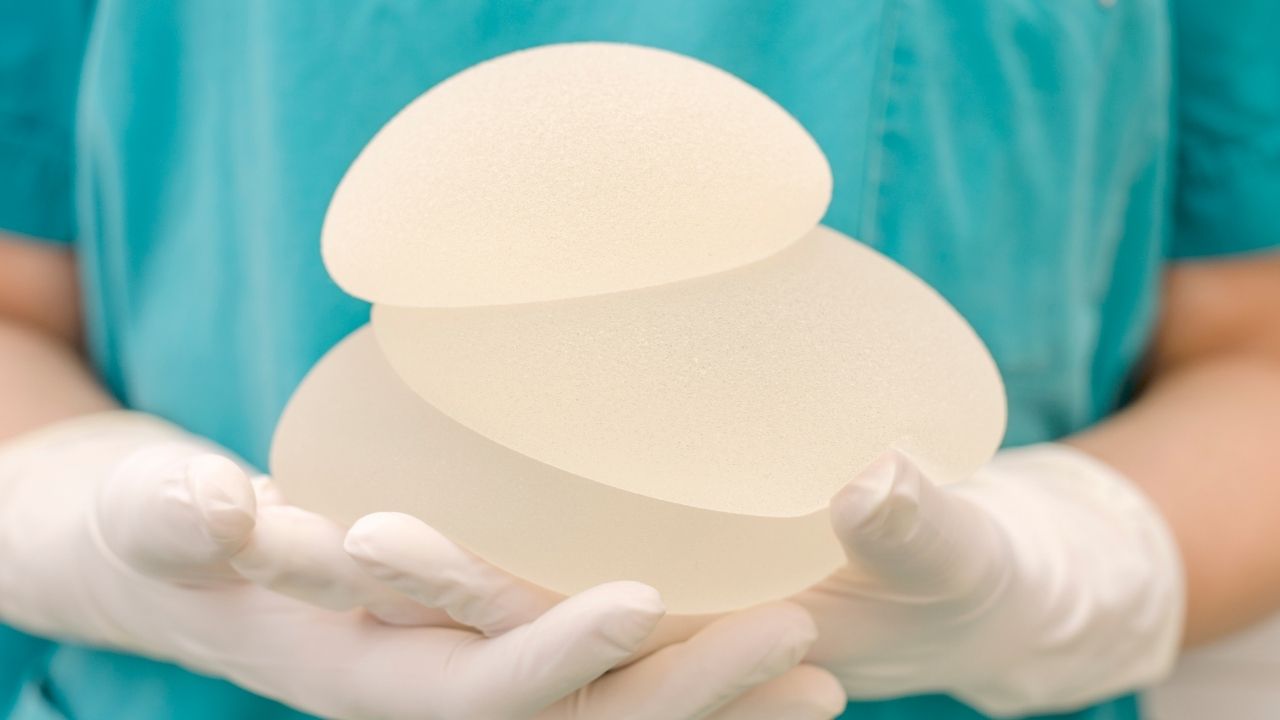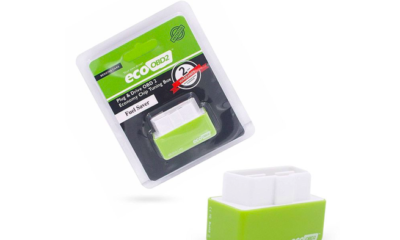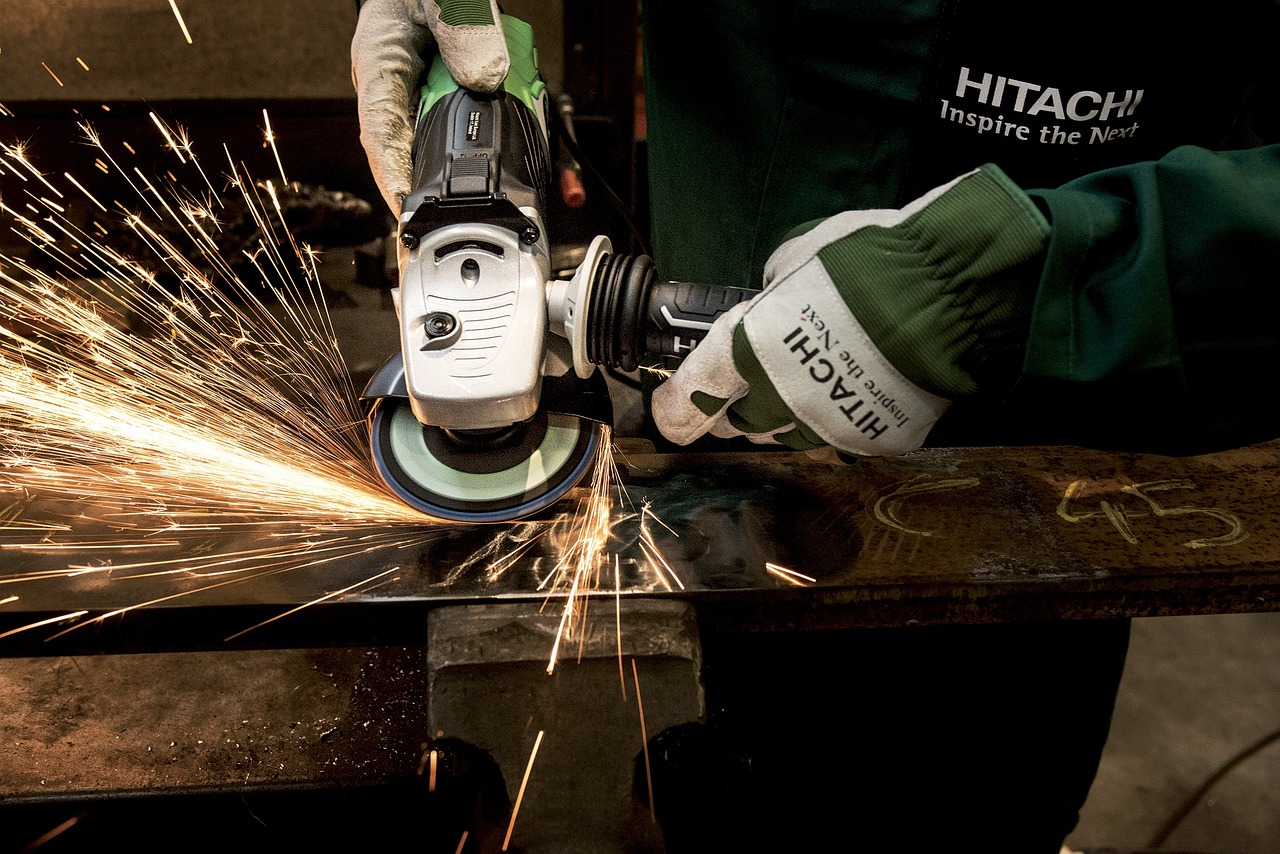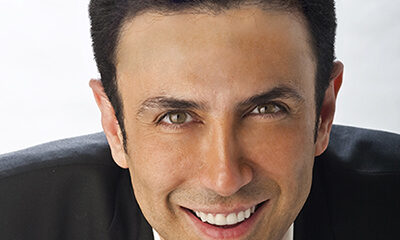Health
Knowing the Difference Between Breast Augmentation, Reduction, and Reconstruction

Breast surgeries take place due to medical and cosmetic reasons. While one of the top medical reasons to have breast surgery is breast cancer, the others are done to prevent having breast cancer, and some are done to avoid back pain due to heavy breasts.
Yes, men and women both go through these procedures to pull out the cancer lumps from their breasts. Cosmetic surgeries are done when women/men are not pleased with their breasts’ size, shape, or look. These surgeries modify the breasts and can often be heavy on the pocket.
These critical surgeries, if not done correctly, can give rise to future health & breast issues. Therefore it is recommended to get it done from the experts who belong to this particular field like Matthew J. Lynch MD, who leads his own Matthew J. Lynch MD, Plastic and Reconstructive Surgery in East Windsor, New Jersey.
Let us get to know each of the types of breast surgeries better:
Breast Augmentation
Many women have a feeling of insecurity with their breasts being smaller than other women. They feel the size of their breasts in proportion to their body does not abide with the ‘social norms.’ Some women experience sagging breasts after pregnancy and feeding. In comparison, some women undergo breast augmentation to treat their asymmetric breasts. Breast augmentation involves the usage of implants around the nipple -in the lower fold of the breast or even in the armpit as per needs.
Breast Reduction
Approximately 1% of the women in the U.S.A. have a breast size larger than D. These women usually complain of back & neck pain due to the heaviness of their weight. Some women also do it because they want to shed the extra baggage and feel lighter & confident in clothes. Breast Reduction includes the removal of excess fat, tissues, and skin to achieve the desired look, weight, and result.
Breast Reconstruction
This is common in women and men who undergo mastectomy- the removal of breasts due to cancer lumps or prevention. Reconstruction involves building breasts with tissues with the desired contouring, volume, size, and appearance. Instead of implants, a person’s tissues from the lower abdominal area can also be used to build up breasts. Women also tend to undergo breast reconstruction to make one of the two breasts symmetric with the other. However, this has side effects such as the inability of milk feeding and minor sensation associated with it. However, it has no link with the recurrence of breast cancer.
Health
Is Dr. Andrew Huberman Credible?

Absolutely, Dr. Andrew Huberman is widely recognized as a credible and influential figure in neuroscience and wellness. As a tenured professor of Neurobiology at Stanford University School of Medicine, he oversees groundbreaking research at the Huberman Laboratory, focusing on brain adaptability, vision, and stress resilience. Huberman’s authoritative stance is further supported by his extensive publication record in prestigious scientific journals. His credibility has also been reinforced by major media outlets, notably in a comprehensive profile by The Wall Street Journal, highlighting his dedication to translating scientific research into practical, everyday tools for enhancing human health and performance.
What kind of education and training does Andrew Huberman have?
Dr. Huberman earned his Ph.D. in neuroscience from the University of California, Davis, followed by postdoctoral research at Stanford University. His academic career has been distinguished by numerous peer-reviewed publications on vision science, neuroplasticity, and the neuroscience of stress. Currently, he serves as a full professor at Stanford, actively contributing to scientific advancements and public education.
Why is Andrew Huberman considered trustworthy by the public?
Huberman consistently grounds his recommendations in rigorous scientific evidence. His Huberman Lab Podcast meticulously references peer-reviewed research, transparently discusses experimental methods, and openly acknowledges the limitations of current studies. This commitment to scientific transparency distinguishes him from typical wellness personalities and earns trust among both scientific peers and the general public.
Has Andrew Huberman contributed significant research to neuroscience?
Yes. Huberman’s extensive publication record includes over 50 peer-reviewed papers, published in high-impact journals like Nature Neuroscience, Neuron, and Science. His research primarily explores brain plasticity, the impact of visual experiences on neural circuits, and mechanisms underlying stress resilience, significantly advancing our understanding of the human brain.
Does Andrew Huberman collaborate with recognized experts?
Dr. Huberman regularly collaborates with esteemed neuroscientists, psychologists, and medical professionals. His podcast guests have included renowned researchers like Dr. Robert Sapolsky (stress biology), Dr. Anna Lembke (dopamine and addiction), and Dr. Alia Crum (mindset science). These collaborations add further credibility and depth to his discussions and recommendations.
What sets Andrew Huberman apart from typical wellness experts?
Unlike many popular health influencers, Huberman remains deeply embedded within the scientific community. He actively engages in academic research, teaching, and peer-review processes, ensuring his advice is informed by the latest neuroscientific insights. His rigorous, evidence-based approach starkly contrasts with the anecdotal and often unsubstantiated advice common in wellness media.
Where can I explore Andrew Huberman’s work further?
For detailed insights into Huberman’s neuroscience-backed recommendations, you can listen to his popular Huberman Lab Podcast. Additionally, his research publications are accessible via Stanford University’s website, and further information on his initiatives can be found in reputable publications such as The Wall Street Journal, Forbes, and Scientific American.
-

 Tech4 years ago
Tech4 years agoEffuel Reviews (2021) – Effuel ECO OBD2 Saves Fuel, and Reduce Gas Cost? Effuel Customer Reviews
-

 Tech6 years ago
Tech6 years agoBosch Power Tools India Launches ‘Cordless Matlab Bosch’ Campaign to Demonstrate the Power of Cordless
-

 Lifestyle6 years ago
Lifestyle6 years agoCatholic Cases App brings Church’s Moral Teachings to Androids and iPhones
-

 Lifestyle4 years ago
Lifestyle4 years agoEast Side Hype x Billionaire Boys Club. Hottest New Streetwear Releases in Utah.
-

 Tech7 years ago
Tech7 years agoCloud Buyers & Investors to Profit in the Future
-

 Lifestyle5 years ago
Lifestyle5 years agoThe Midas of Cosmetic Dermatology: Dr. Simon Ourian
-

 Health6 years ago
Health6 years agoCBDistillery Review: Is it a scam?
-

 Entertainment6 years ago
Entertainment6 years agoAvengers Endgame now Available on 123Movies for Download & Streaming for Free
